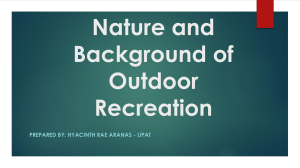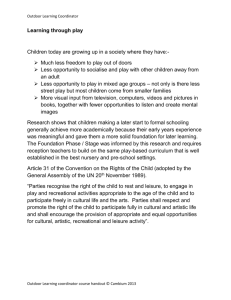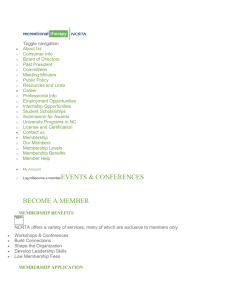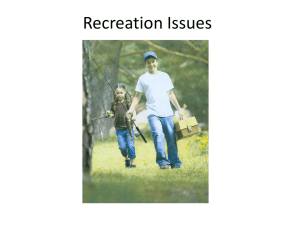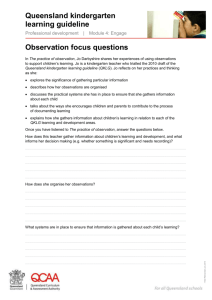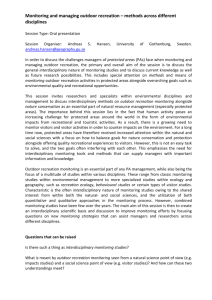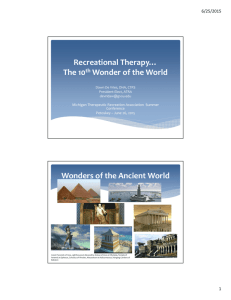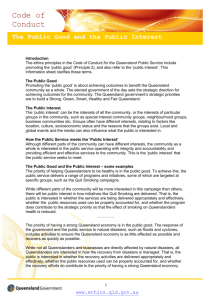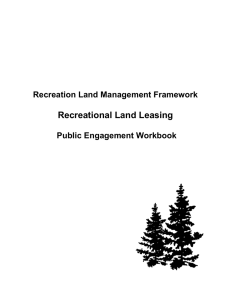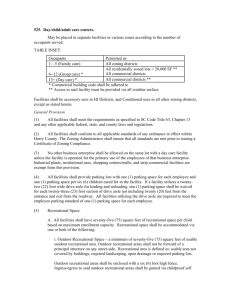Summary of the 2001 South East Queensland
advertisement
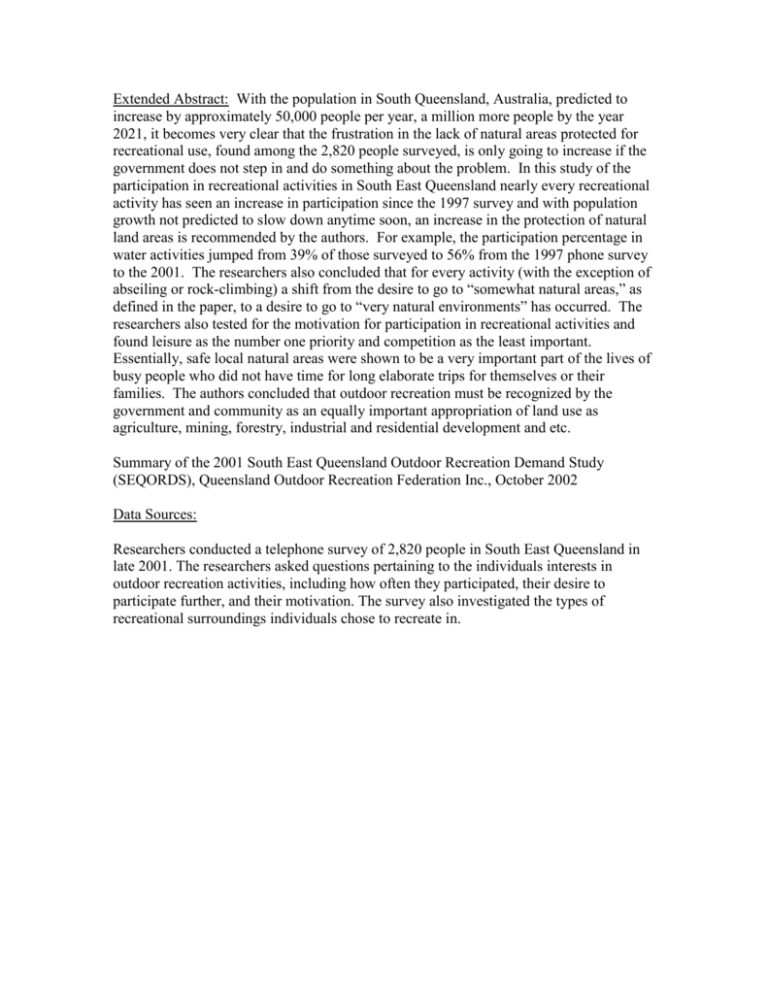
Extended Abstract: With the population in South Queensland, Australia, predicted to increase by approximately 50,000 people per year, a million more people by the year 2021, it becomes very clear that the frustration in the lack of natural areas protected for recreational use, found among the 2,820 people surveyed, is only going to increase if the government does not step in and do something about the problem. In this study of the participation in recreational activities in South East Queensland nearly every recreational activity has seen an increase in participation since the 1997 survey and with population growth not predicted to slow down anytime soon, an increase in the protection of natural land areas is recommended by the authors. For example, the participation percentage in water activities jumped from 39% of those surveyed to 56% from the 1997 phone survey to the 2001. The researchers also concluded that for every activity (with the exception of abseiling or rock-climbing) a shift from the desire to go to “somewhat natural areas,” as defined in the paper, to a desire to go to “very natural environments” has occurred. The researchers also tested for the motivation for participation in recreational activities and found leisure as the number one priority and competition as the least important. Essentially, safe local natural areas were shown to be a very important part of the lives of busy people who did not have time for long elaborate trips for themselves or their families. The authors concluded that outdoor recreation must be recognized by the government and community as an equally important appropriation of land use as agriculture, mining, forestry, industrial and residential development and etc. Summary of the 2001 South East Queensland Outdoor Recreation Demand Study (SEQORDS), Queensland Outdoor Recreation Federation Inc., October 2002 Data Sources: Researchers conducted a telephone survey of 2,820 people in South East Queensland in late 2001. The researchers asked questions pertaining to the individuals interests in outdoor recreation activities, including how often they participated, their desire to participate further, and their motivation. The survey also investigated the types of recreational surroundings individuals chose to recreate in.
